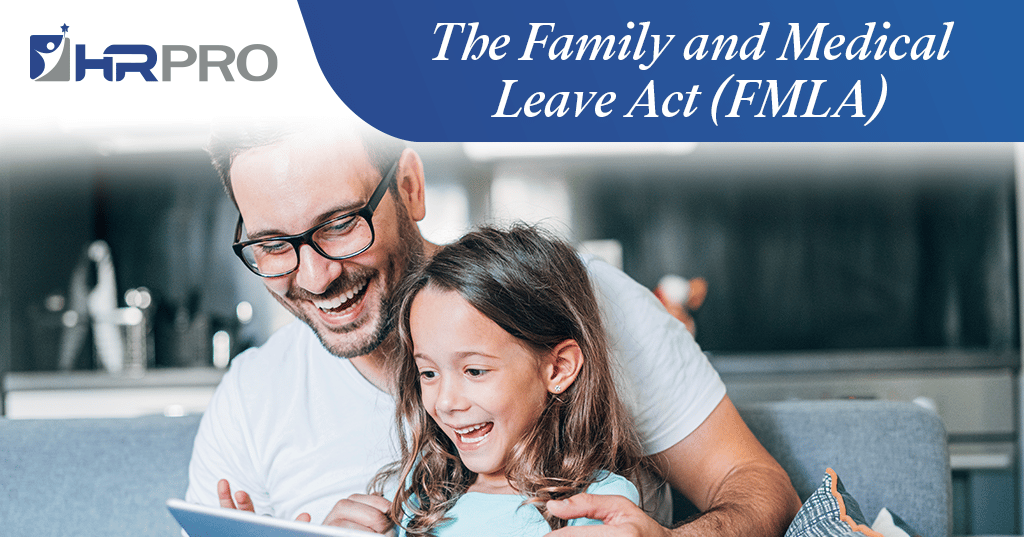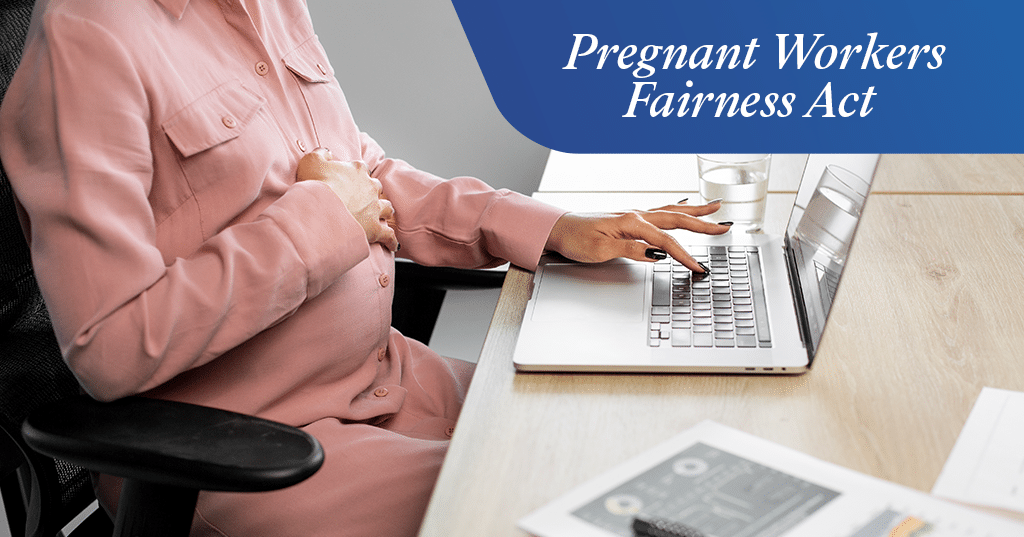
The Family and Medical Leave Act (FMLA)
The Family and Medical Leave Act (FMLA) is a federal law that provides eligible employees of covered employers with unpaid, job-protected leave for certain family and medical reasons. In addition to providing eligible employees with leave for qualifying reasons, covered employers must maintain employees’ health benefits during leave and restore employees to their same (or equivalent) jobs after leave.
This checklist outlines key steps for employers to comply with the FMLA. Keep in mind that complying with the FMLA may involve additional steps depending on the facts of a specific situation. Also, many states (and some localities) have their own family and medical leave laws that provide broader leave protections to employees. Employers will need to comply with the FMLA and any applicable state and local leave laws.
General Requirements
| Covered Employers | Yes | No |
| Is your company subject to the FMLA?
Select “yes” if your company is any of the following:
|
☐ | ☐ |
| FMLA Requirements | Complete |
| Display the FMLA poster in plain view where employees and applicants can readily see it.
A model poster is available from the U.S. Department of Labor (DOL). Employers may use the model poster, create their own poster or use another format, as long as it provides all of the information in the model poster and meets all of the posting requirements. |
☐ |
| If your company has employees eligible for FMLA leave, provide employees with a general notice about the FMLA in the employee handbook or other written materials about leave and benefits.
Employers can use the text from the DOL’s model poster for this notice or another format as long as it provides all of the information in the model poster. |
☐ |
| Create and maintain records related to FMLA compliance (e.g., copies of FMLA notices and dates of FMLA leave). These records must be kept for at least three years. | ☐ |
| FMLA Administration | Complete |
| Select the 12-month period used for calculating FMLA leave (or the “leave year”) and confirm that it is accurately described in employee communications.
An employer’s options for the leave year are:
|
☐ |
| Implement a method for tracking employees’ use of FMLA leave throughout the year, including leave taken on an intermittent or reduced schedule basis. | ☐ |
| Train managers on FMLA compliance, including how to identify leave requests that may be for FMLA qualifying reasons and the law’s prohibitions on interference and retaliation. | ☐ |
| Download and use the DOL’s model forms for administering FMLA leaves or create your own versions of these forms.
The DOL’s model FMLA forms are available here. |
☐ |
| Determine how employees will pay health plan premiums during unpaid FMLA leave and communicate this method to employees taking leave. | ☐ |
| Review how taking FMLA leave may relate to other types of employee absences, including employer-provided paid time off, short-term disability, workers’ compensation and local paid leave law requirements, and run leaves concurrently when possible. | ☐ |
Administering FMLA Leave
| Employee name | |
| Date of leave request | |
| Dates of anticipated leave |
| Employee Eligibility | Yes | No |
| Is the employee eligible for FMLA leave?
To be eligible for FMLA leave, an employee must satisfy ALL of the following criteria:
|
☐ | ☐ |
| Is the employee’s leave for a qualifying reason?
Is the leave for one of the following FMLA-qualifying reasons?
|
☐ | ☐ |
| If the employee has already used FMLA leave this year, does the employee still have FMLA leave available?
Eligible employees are entitled to take up to 12 weeks of FMLA leave during a 12-month period (26 weeks to care for a covered servicemember). |
☐ | ☐ |
| Leave Process | Complete |
| Provide the Notice of Eligibility and Rights & Responsibilities within five business days of the employee’s request for leave, unless there are extenuating circumstances.
The DOL has a model notice (Form WH-381, Notice of Eligibility and Rights & Responsibilities) that employers may use for this notice requirement. |
☐ |
| If a medical certification is required for the requested leave, give the appropriate form to the employee and provide the employee with 15 calendar days to return the form
An employer may require a medical certification when leave is requested for the employee’s own serious health condition or the serious health condition of a family member. Employers can also require certification for military family leave. The DOL has model forms that employers may use for obtaining certifications. An employee requesting leave should be informed of this requirement, and the appropriate certification form should be provided with the Notice of Eligibility and Rights & Responsibilities. |
☐ |
| Grant or deny the FMLA leave by providing the Designation Notice on a timely basis
This notice must be provided once the employer has enough information to determine if the employee’s requested leave qualifies as FMLA leave, as follows:
The DOL has a model Designation Notice (Form WH-382) that employers may use. |
☐ |
| During leave, maintain coverage under the group health plan on the same basis as coverage would have been provided if the employee had been continuously employed during the entire leave period
During the FMLA leave period, an employee must continue to pay whatever share of group health plan premiums the employee paid prior to FMLA leave. The employer must provide the employee with the advance written notice of the terms and conditions under which these payments must be made. |
☐ |
| If applicable, the employee must provide a fitness-for-duty certification to show that they can resume work after taking a leave for their own serious health condition.
Employers may have a uniform policy requiring all similarly-situated employees who take leave for serious health conditions to provide a fitness-for-duty certification. |
☐ |
| Restore the employee to the same job (or an equivalent job) at the end of the leave. | ☐ |
Use this checklist as a guide when reviewing your company’s compliance with the FMLA. For assistance, contact HRPro.
This checklist is merely a guideline. It is neither meant to be exhaustive nor meant to be construed as legal advice. It does not address all potential compliance issues with federal, state or local standards. Consult your licensed representative at HRPro or legal counsel to address possible compliance requirements. © 2022 Zywave, Inc. All rights reserved.






